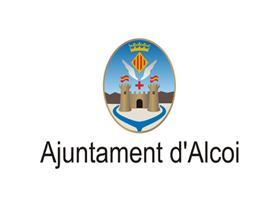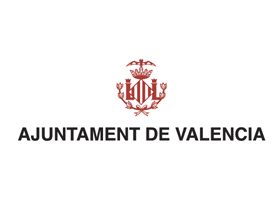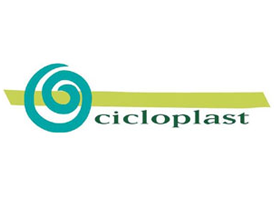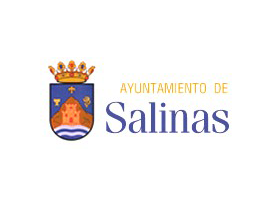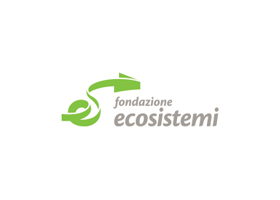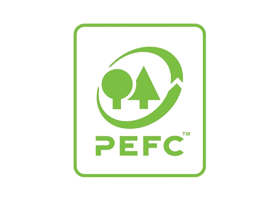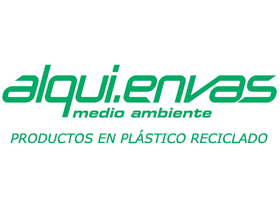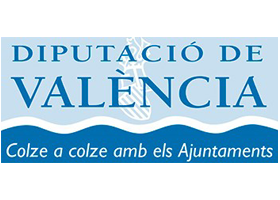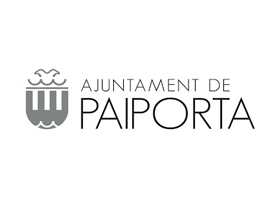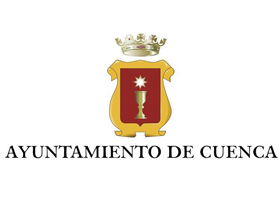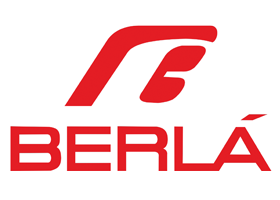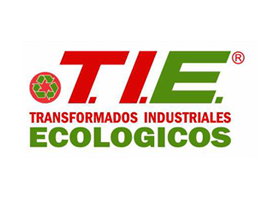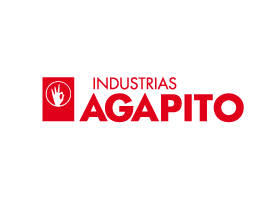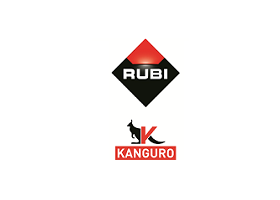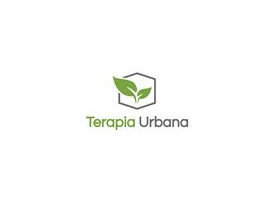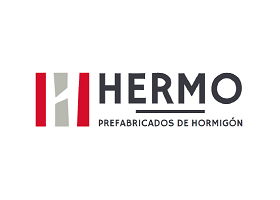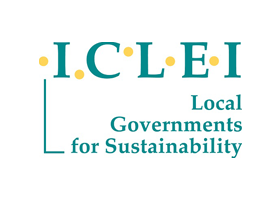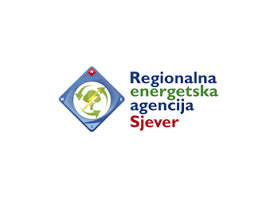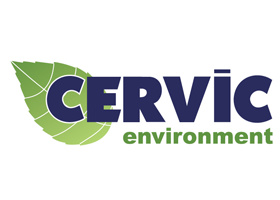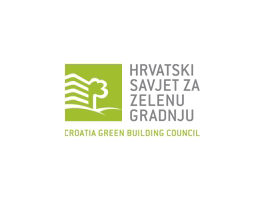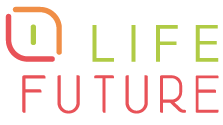In this section, you can access to the latest technical information related to the FUTURE project topic.
Film Recycling SimplifiedPlastic film and flexible packaging (FFP) is everywhere—from our homes to our businesses to the grocery store checkout line. Examples of FFP include common items like plastic shopping bags, bread and produce bags, plastic wrapping around paper towels and bottled water, as well as newer packaging formats like pouches and multi-layer films.
FFP has become a go-to packaging option for many manufacturers because it’s lightweight, durable, efficient, and versatile. It often uses less material than traditional packaging, helps prevent product spoilage, and is easy for consumers to carry and reseal.
But despite its many benefits, FFP often ends up in the trash—usually because people don’t realize it can be recycled. The good news is that, if it’s properly designed, FFP can be effectively recycled and be turned into something new.
In fact, in 2022 alone, over 1.1 billion pounds of post-consumer FFP was recovered for recycling in North America. (No matter where it was used—whether a warehouse or your kitchen—it’s considered “post-consumer” once the material has served its original purpose.) Further, more than 86% of that post-consumer FFP was purchased by North American reclaimers, the companies that clean and process the plastic into recycled resin.
APR has many members that recycle FFP every day. For example:
- Custom Polymers, Inc.
- D6
- Dow
- EFS Plastics, Inc.
- GDB Circular
- Merlin Plastics
- Novolex
- NOVA Circular Solutions
- POLYFIT INC
- PPP, LLC
- Prime Plastic Products
- ReCircle Solutions
- Revolution
- St Joseph Plastics
- Sunrise Plastic Enterprise, Inc.
- Waste Management (Natura PCR)
Once FFP is converted to recycled resin, it can be used to make a wide variety of new products, from fresh plastic film and bags to durable goods like plastic decking. All these end uses have a significantly lower environmental impact compared to using new plastic.
So, where does all this recycled film come from? According to 2022 data, most of the FFP that’s recovered and recycled is made from polyethylene (materials like LDPE, LLDPE, and HDPE). Today, the majority of recycled FFP comes from businesses like retailers, farms and warehouses and includes things like the clear stretch film used to wrap pallets for shipping. That kind of film makes up nearly half of all recovered material.
When it comes to recycling FFP at home, there are two main collection methods: curbside and drop-off. Most people are familiar with curbside recycling—your bins get picked up at the curb and taken to a material recovery facility (MRF) where the materials are sorted. But here’s the catch: FFP doesn’t belong in your curbside bin in most communities. That’s because flexible plastics can jam the sorting machines at MRFs, leading to safety risks and costly downtime.
Instead, the best way to recycle your plastic bags and wraps is to bring them to a store drop-off location. Many retail stores or municipal depots have designated bins just for this kind of material. As a result of these programs, consumer drop-off accounts for about 20% by weight of the film that is recovered for recycling. To make it easier, you can now use the Plastic Film Recycling Directory, a new tool that makes it easy to find drop-off locations near you.
Recycling FFP may be more involved than tossing a bottle in the blue bin, but it’s an important part of creating a more sustainable system. It takes coordination across the entire value chain—from thoughtful packaging design to consumer participation to proper collection and responsible remanufacturing.
My bag full of bags is in the pantry, and it’s almost time to take it back to the store for recycling. By working together, we can keep these materials in use—and out of the landfill.
If you’d like to learn more about Film and Flexible Packaging design and recycling, join APR for our in person Flexibles APR Design® Training & Tour coming up in April.
Looking for the Latest in Plastics Recycling? Stay informed with insights on the latest issues, trends, and announcements shaping the plastics recycling industry.
Explore Now 
» Publication Date: 10/04/2025
» More Information
« Go to Technological Watch
